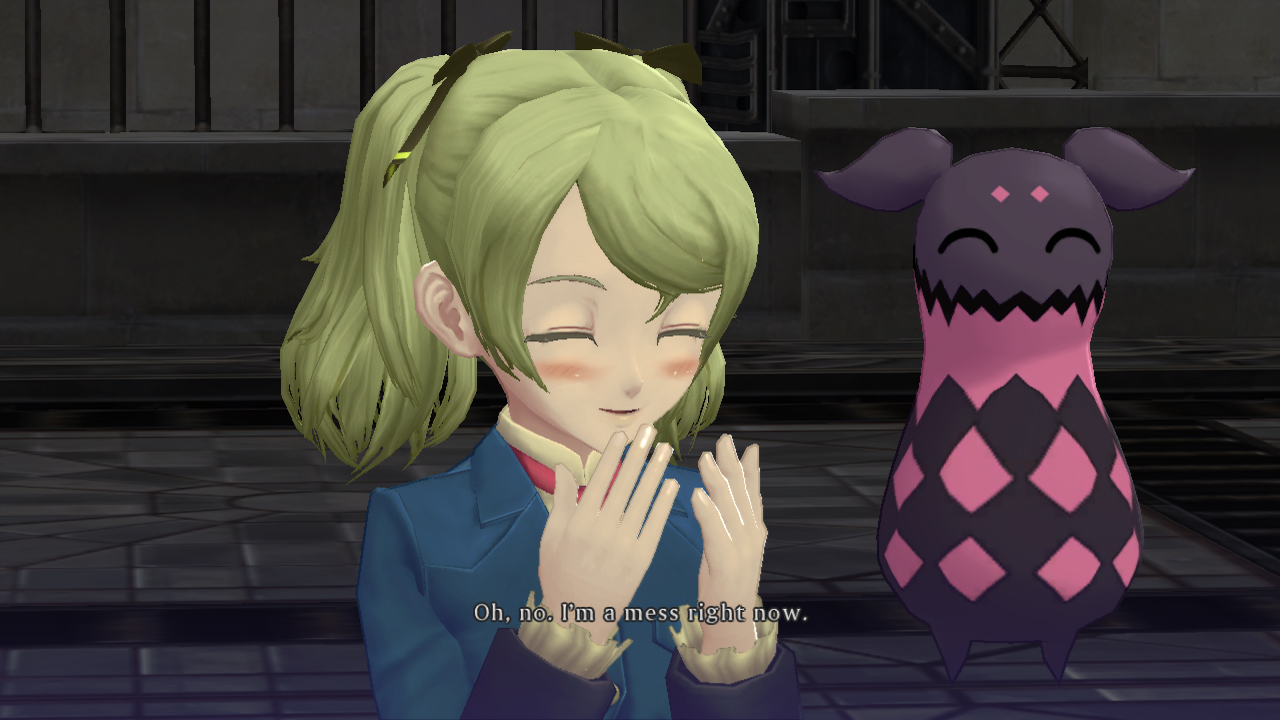Another tale of two cities.
The first Tales of Xillia came out just one year ago and stood out as another solid entry in the beloved Tales franchise. It even did well enough to inspire an immediate sequel, a rarity within the series. The short downtime between releases works in the favor of and against Tales of Xillia 2, a sequel that makes subtle tweaks but fails to establish a singular identity. In many ways it's more of the same, a quality that will likely appeal to fans of the first game and potentially disappoint those hoping for something more.
The game picks up one year after the events of its predecessor, in which a 2000-year-old barrier between Rieze Maxia and Elympios was dispelled in an effort to unite the two nations and improve their tenuous relationship. A terrorist group threatens the attempt for stability, though, and it gives way to a narrative that explores familial relationships and dimensional travel, amongst other things. The game juggles a lot of disparate story threads, so much so that it weakens the overall narrative. Events take a while to really get going, which marks the opening hours as particularly weak. But Tales of Xillia 2 compensates with a strong cast of characters, which includes both new and familiar faces.
Tales of Xillia 2 introduces players to Ludger Kresnik and Elle Marta, two very different individuals who happen to run into each other. Ludger lives in an apartment with his older brother Julius and has aspirations of following in his footsteps as an agent of the Spirius Corporation. Sadly, he finds himself as a cook instead, though he makes a mean tomato omelet. Elle, on the other hand, is a sometimes-brash young girl who flees her home to find The Land a Canaan, a magical place that grants wishes. Oh, and I can't forget Rollo, Ludger's adorable and obese cat who tags along for the adventure. The interactions between Ludger, Elle, Rollo, and return characters like Jude and Leia are the strongest part of the game's narrative and help give it some personality.
Well, I probably shouldn't include Ludger in that list since he's silent for much of the game. Oddly enough, he says one or two words every now and then, which stands out as even more jarring than a completely silent protagonist. In any event, it hurts the character relationships that the game holds so dear, because Ludger seems like a potentially interesting character who could add a lot to conversations and “skits” that are featured throughout the game. Instead, he just displays goofy faces and occasionally grunts in cut-scenes.
Some of that silence can be attributed to the game's emphasis on player choice. Tales of Xillia 2 promises an experience in which the power of choice substantially alters the course of events. As the primer states, “every choice can change the future.” The game does include moments in which the player must select one of two choices, but they rarely feel meaningful. I even replayed early portions of the game to see if other dialogue options would significantly affect particular events, only to reach the same conclusions. The game does include a character affinity system that effectively plays into the dialogue system though Tales of Xillia 2 offers the illusion of choice .
Players have far more control over the game's combat system, which stands out as one of its greatest strengths. Battles play out in real time and require careful consideration of tactics and character interactions, outside of the first few hours which pose little challenge. Ludger can switch between multiple weapons on the fly, and some enemies are naturally weak to specific weapon types. Slicing up foes with dual blades and then immediately switching to a hammer to defeat an armored monster is always awesome. Pairing up with characters is also pivotal, as it allows the player to establish links and execute special team moves that deal extra damage and provide an important advantage. Links also boost character affinities, so working in tandem with party members proves to be a core part of the game's combat system.
Each battle provides experience and in turn new skills/artes. Tales of Xillia 2 introduces the Allium Orb, which replaces the first game's Illium Orb (yes, the subtle change in name is silly). Different Allium Orbs come with different skills, and players must acquire a certain number of element points to unlock that skill. It essentially amounts to switching out one Allium Orb for the next, acquiring desired skills, and repeating the process. The mechanic of leveling up and growing stronger takes a backseat because of the Allium Orb, but it also allows the player to focus more on the intricacies of combat itself.
Battles also reward players with gald (currency), though it doesn't feel like much of a reward due to the debt system. Ludger accrues a gigantic debt in the opening hours of the game and must make periodic payments. I admit I was intrigued by the idea when it was first presented, though it only took a few moments to reveal itself as an unnecessary nuisance. The debt prevents story progress and involves the incessant hounding of Nova, Ludger's former classmate. She's the most annoying character in the game and constantly requires payments, especially when the player is holding onto a lot of money. I remember one instance in which she asked me for a payment five times over the course of two minutes. I couldn't even take three steps before I heard the annoying ding followed by her high-pitched voice. I nearly relinquished all my money to make her go away.
It also forces the player to take on a lot of sidequests in order to make more money, which may be a blessing or a curse depending on the player. On the one hand, most of the quests amount to killing X number of monsters or collecting X number of items, which can be tedious after a while. But it also feels par for the course and emphasizes the amount of content in Tales of Xillia 2—it's the kind of game that easily lasts 40+ hours in a relatively normal playthrough. The game also features more involved companion quests, which center on individual characters in the party and reveal additional details about them. I actually found them more entertaining than a lot of the main story events.
Tales of Xillia 2 both succeeds and fails by playing it safe. It reuses assets from the first game, brings back characters, and makes only minor adjustments to the mechanics. It's the kind of sequel that targets a very specific audience. But it also ensures that fans will still enjoy the game despite the familiarity. Elements like the needlessly complex narrative and tiresome debt system hold it back from greatness, but the charismatic characters and fun combat system ensure a mostly good time for all.
-
Fun combat system
-
Strong cast of characters
-
Silent protagonist
-
Rollo the cat
-
Lots of content
-
Debt system
-
Reused assets
Tales of Xillia 2
-
Tales of Xillia 2 #1
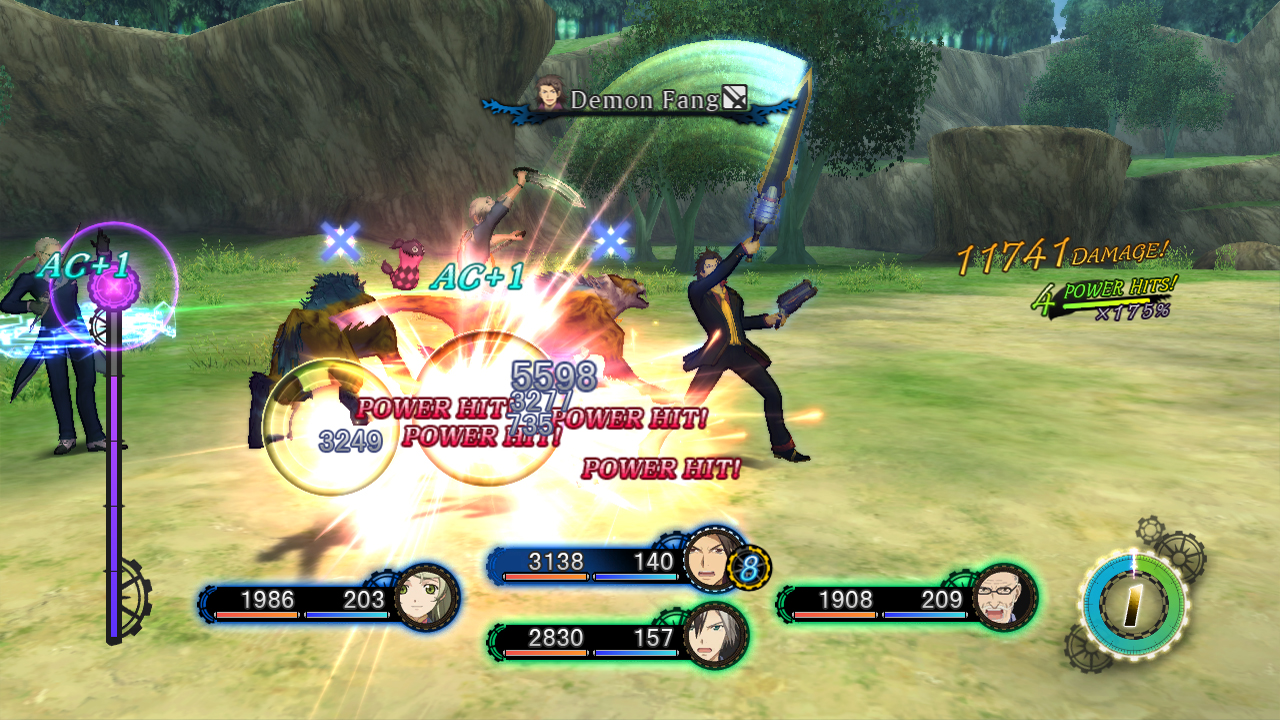
-
Tales of Xillia 2 #2
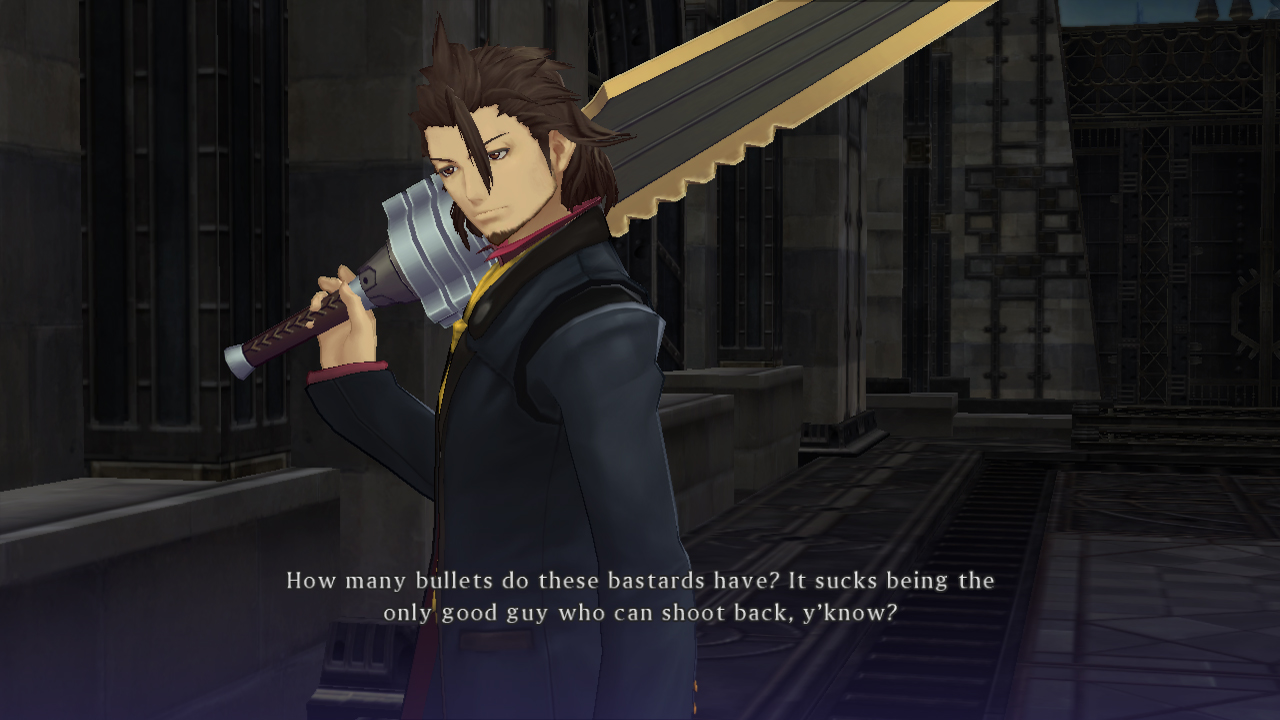
-
Tales of Xillia 2 #3
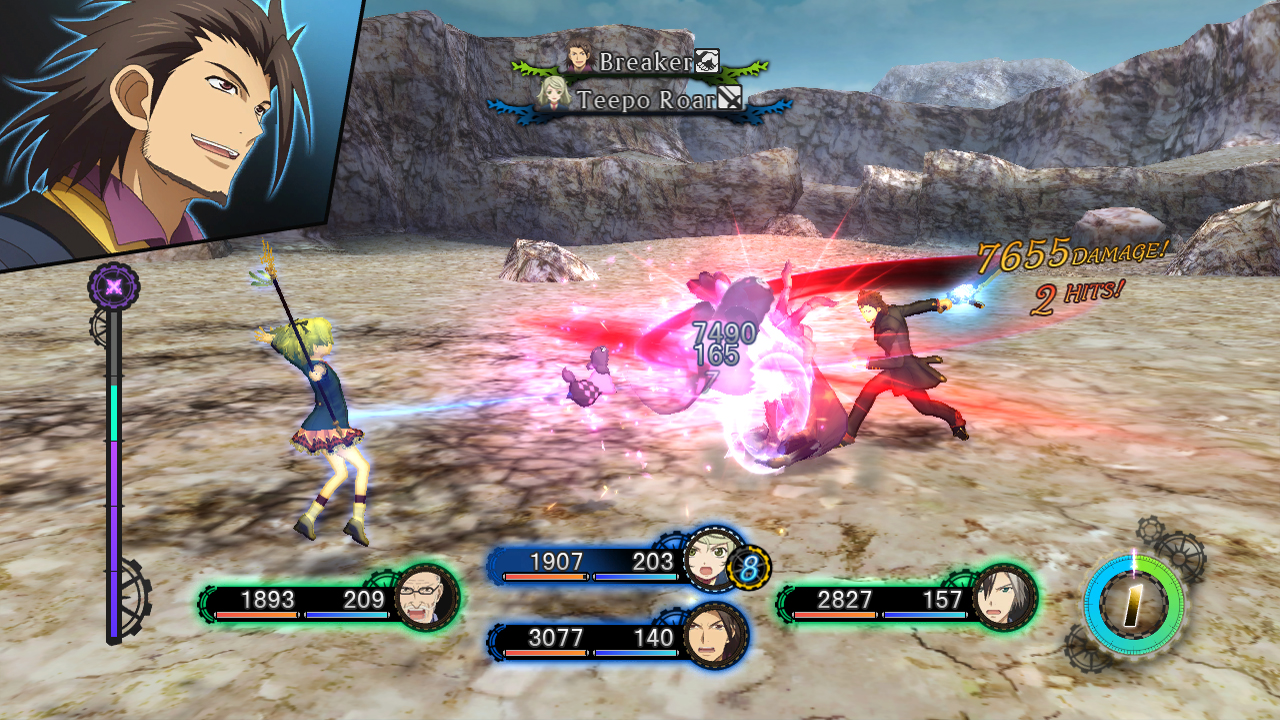
-
Tales of Xillia 2 #4
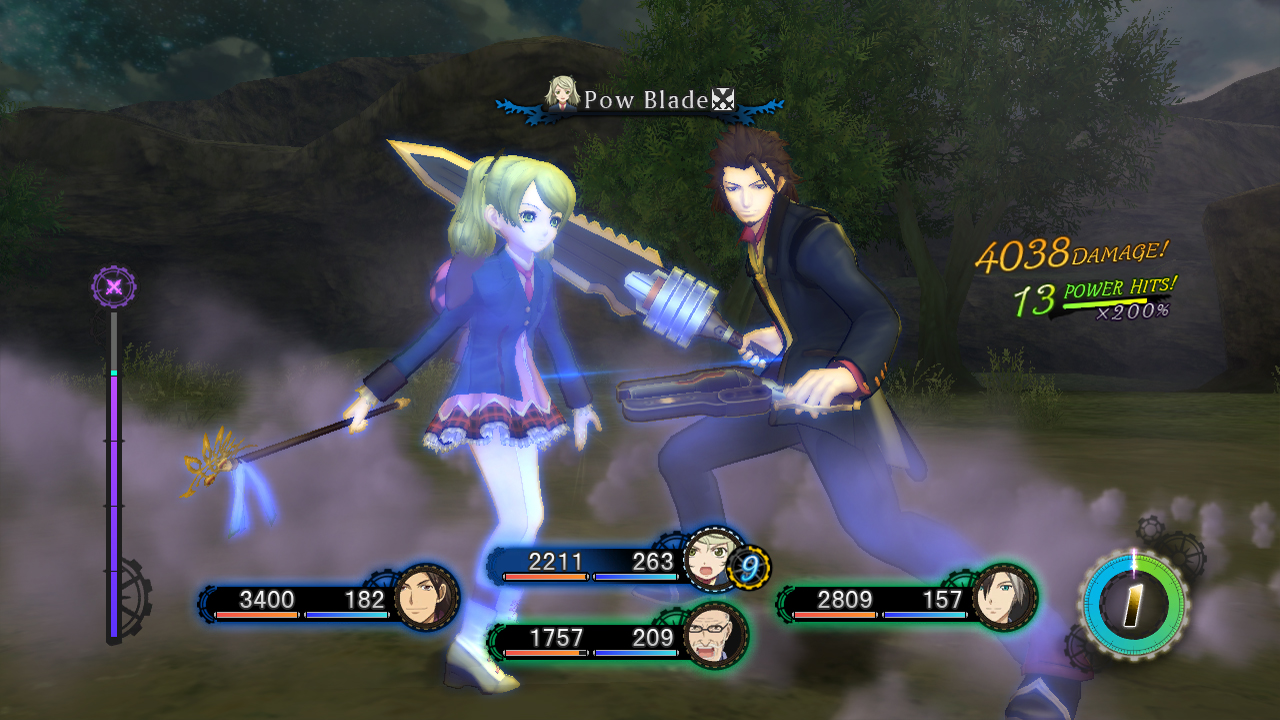
-
Tales of Xillia 2 #5
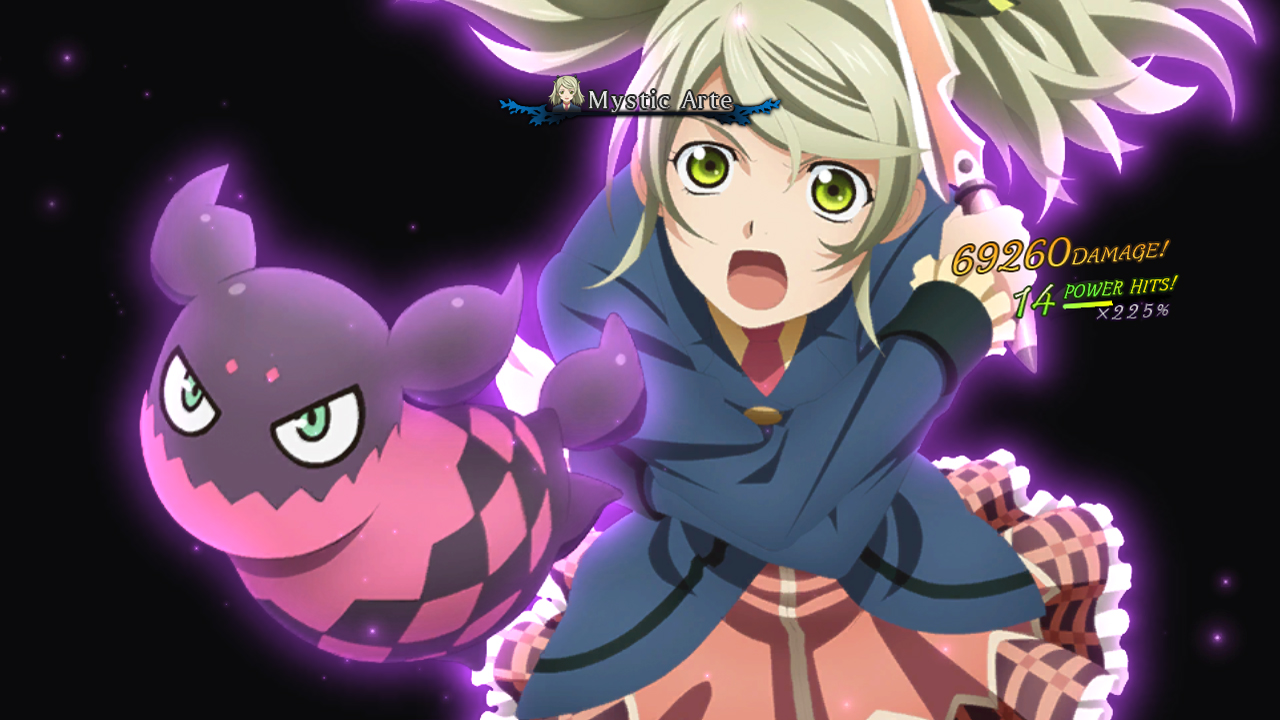
-
Tales of Xillia 2 #6
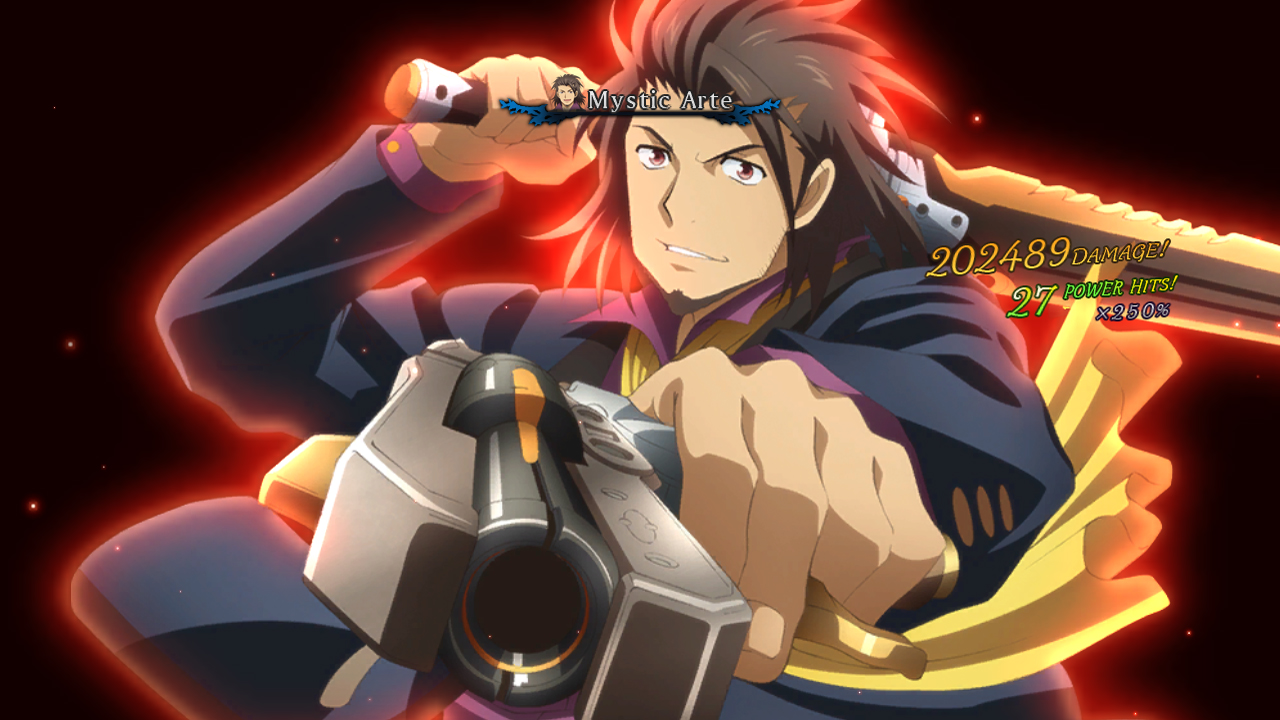
-
Tales of Xillia 2 #7
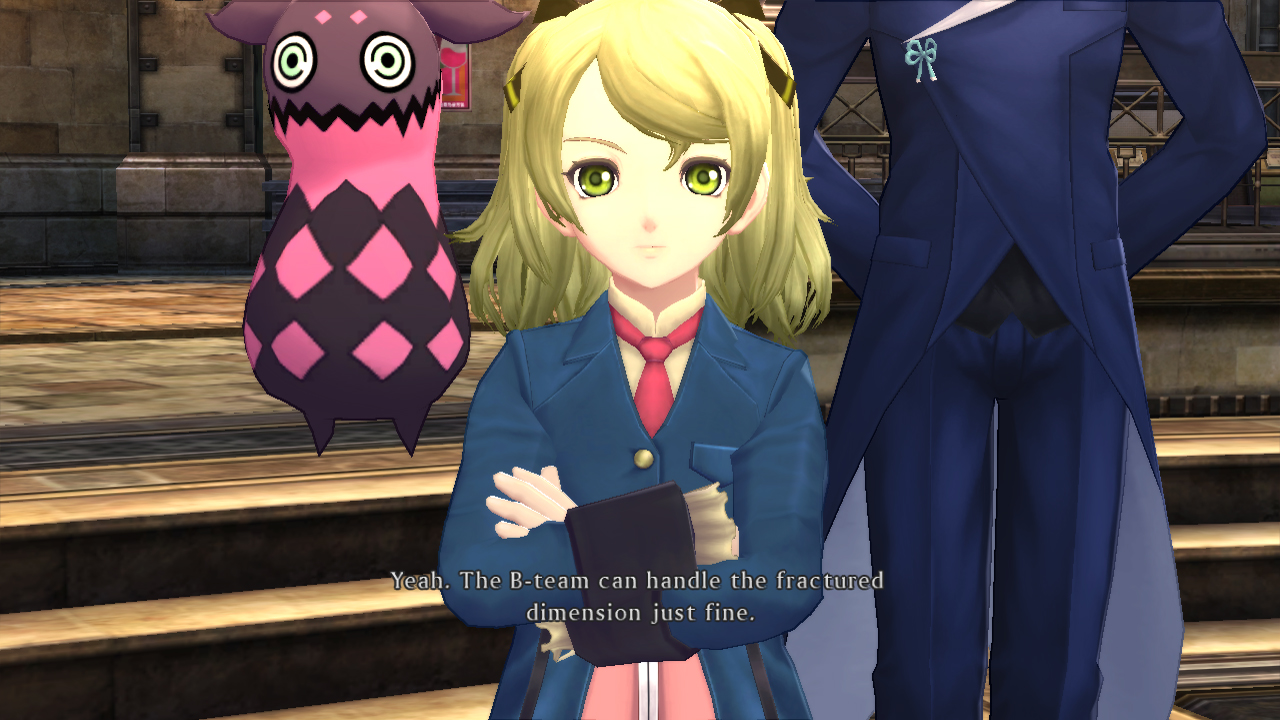
-
Tales of Xillia 2 #8
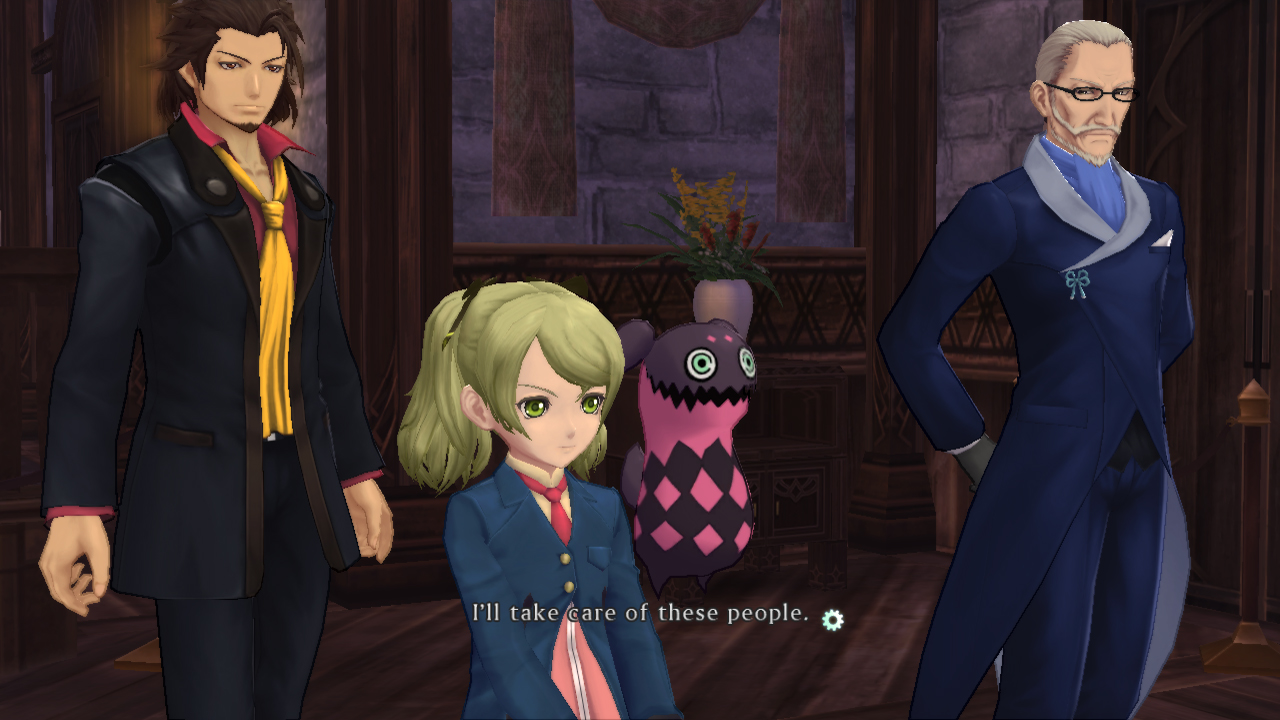
-
Tales of Xillia 2 #9
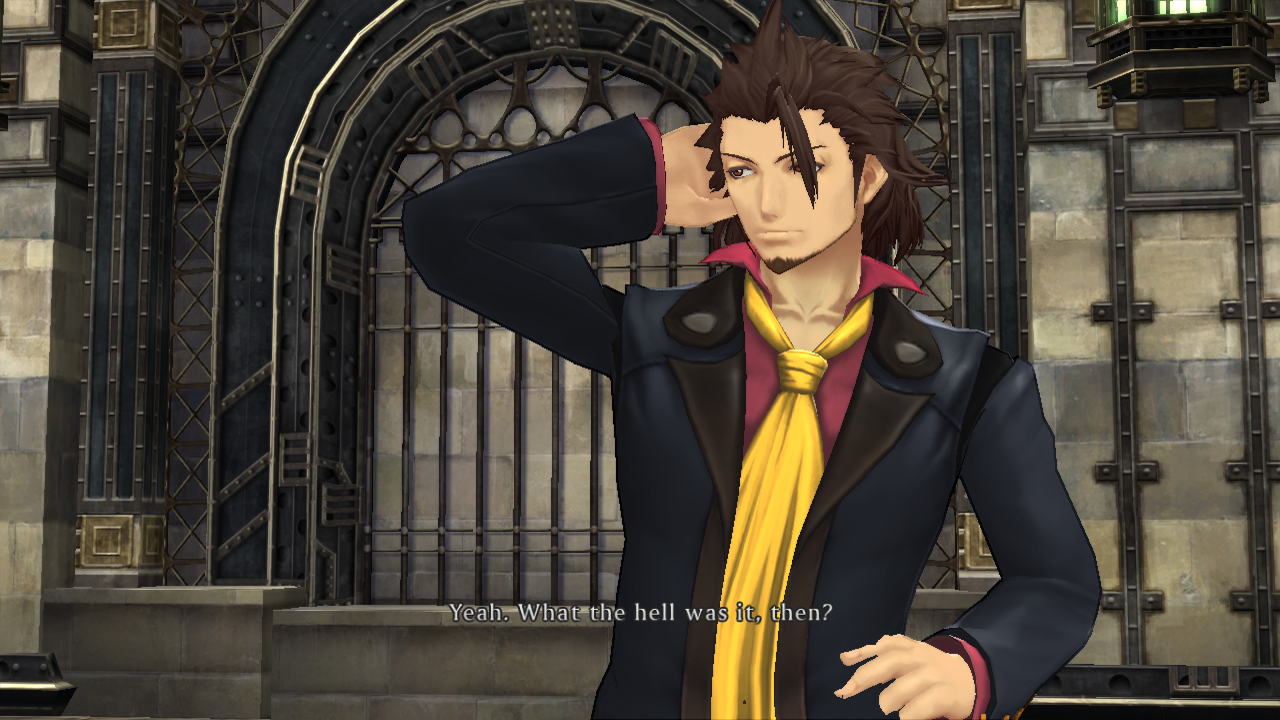
-
Tales of Xillia 2 #10
